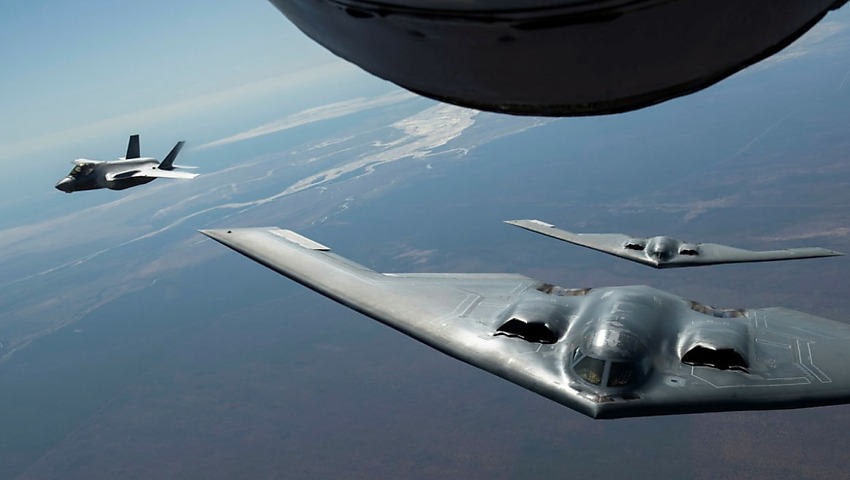Thousands of military personnel from Australia and the United States have honed their joint warfighting skills across northern Australia.
To continue reading the rest of this article, please log in.
Create free account to get unlimited news articles and more!
Over 2,200 personnel from the Australian Defence Force (ADF) and US Armed Forces recently capped off Exercise Koolendong 2022 — a three-week-long combined arms littoral combat scenario.
The exercise, which was led by the Marine Rotational Force – Darwin (MRF-D), took place at Yampi Sound Training Area and RAAF Base Curtin in Western Australia as well as Mount Bundey Training Area in the Northern Territory.
Training drills aimed to build interoperability through a joint response to a simulated regional crisis.
“Koolendong demonstrated that the ADF and MRF-D can deploy combined tactical teams supported by joint capabilities across maritime and littoral environments, enabling force projection operations across significant distances to remote and austere environments,” Australian Army Colonel Marcus Constable, Commander Headquarters Northern Command, said.
“Participating force elements deployed over 1,000 kilometres by land, sea and air to rehearse and confirm coalition command and control processes, coordination of strategic joint strike assets, logistics support and the sustainment of these deployed forces while training together.
“Our US alliance is the cornerstone of Australian security. Our relationship with the US only grows stronger the more we talk, work and train together.”
This year’s iteration of Exercise Koolendong integrated the US Army’s USAV General Brehon B. Somervell (LSV-3) watercraft for the first time, deployed from the 8th Theater Sustainment Command.
The vessel transported vehicles, equipment and cargo from Darwin across to the Kimberly Coast.
Australian Army and US Marine Corps joint terminal attack controllers also combined for the first time, deploying a bomber task force made up of US Air Force B-2 Spirit Stealth bombers and RAAF F-35A Lightning IIs.
The platforms took to the skies as part of the Enhanced Air Cooperation United States Force Posture Initiative.
Exercise Koolendong was the culminating exercise of the MRF-D rotation this year.
“In my mind we have to be ready to fight right now with our Australian allies and our joint partners, and Exercise Koolendong provided us the opportunity to practise just that,” the MRF-D’s commanding officer, Colonel Christopher Steele, said.
“The Australia-US Alliance has never been more important as we look ahead to our regional strategic challenges.”
[Related: ADF, US Marines team up in Top End]

 Login
Login







